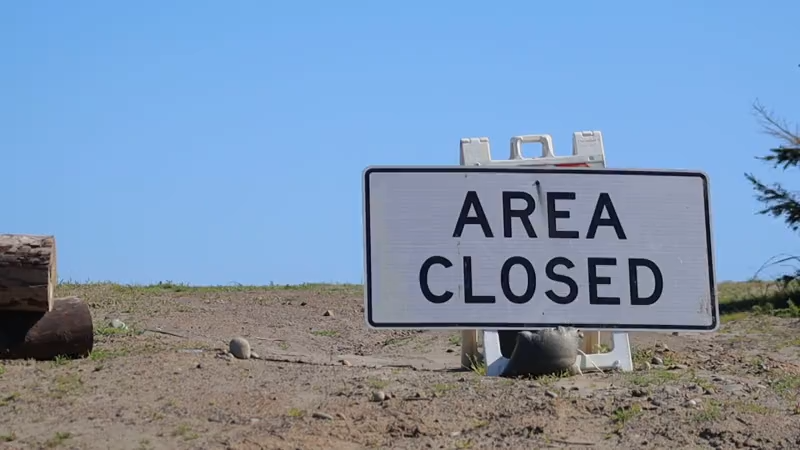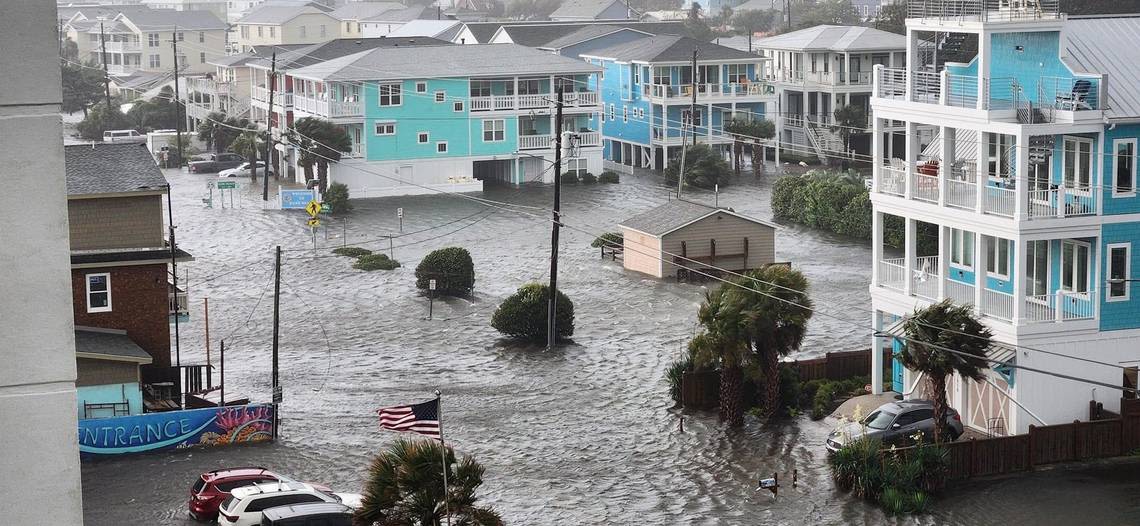Search results
Nowcast and forecast (out to 48-72 hours) model information on water levels, currents, wind, salinity, and water temperature. Featured News. NOAA study validates sea level data for future flood risk outlooks. June 14, 2024.
- Co-Ops Map
No station data found on this data type map layer. Use the...
- Tide Predictions
Search Help. The station search can find Tide Prediction...
- Station Selection
Website Owner: Center for Operational Oceanographic Products...
- About
Tides & Currents About Us Page. CO-OPS provides the national...
- News
Tides & Currents News Page. CO-OPS provides the national...
- Navigation Services
Tides & Currents Navigation Services Page. CO-OPS provides...
- Coastal Hazards
Tides & Currents Coastal Hazards Page. CO-OPS provides the...
- Mapping and Charting
Tides & Currents Mapping and Charting Page. CO-OPS provides...
- Strategic Plan
The plan’s three goals and underlying objectives focus on 1)...
- Contact Us
For questions or concerns about the CO-OPS Tides and...
- Co-Ops Map
Jun 16, 2024 · Tides are very long-period waves that move through the ocean in response to the forces exerted by the moon and sun. Tides originate in the ocean and progress toward the coastlines where they appear as the regular rise and fall of the sea surface.
News about Ocean City, medical waste, Springfest
News about king tides, September soaker, saltwater
News about Outer Banks, Ocean Shores, homes
Also in the news
Tides are the rise and fall of sea levels caused by the combined effects of the gravitational forces exerted by the Moon (and to a much lesser extent, the Sun) and are also caused by the Earth and Moon orbiting one another. Tide tables can be used for any given locale to find the predicted times and amplitude (or "tidal range").
Oct 19, 2023 · The regular rise and fall of the ocean ’s waters are known as tides. Along coasts, the water slowly rises up over the shore and then slowly falls back again. When the water has risen to its highest level, covering much of the shore, it is at high tide. When the water falls to its lowest level, it is at low tide.
What About the Moon? You walk along a beach, seashells, driftwood and seaweed left by the retreating tides at your feet. Look up at the Moon, and you’re seeing the main cause of the surge and retreat of oceans from our shores. As distant as the Moon may seem, its gravitational pull on Earth plays a huge role in the formation of tides.
Jun 20, 2016 · Most coastal areas experience two low tides and two high tides every lunar day, or 24 hours and 50 minutes. (Image credit: NOAA National Ocean Service) Download Image. The word "tides" is used to define the rise and fall in sea level resulting from the gravitational attraction of the moon and the sun.
People also ask
How does the Moon and sun affect ocean tides?
What are the types of ocean tides?
What can ocean tides cause?
What exactly is an ocean tide?
Tides and Water Levels. The rise and fall of the tides play an important role in the natural world and can have a marked effect on maritime-related activities. Here, a ship's crew inspects the hull of their vessel. It became stranded on a sandbar following a rapidly receding tide.




